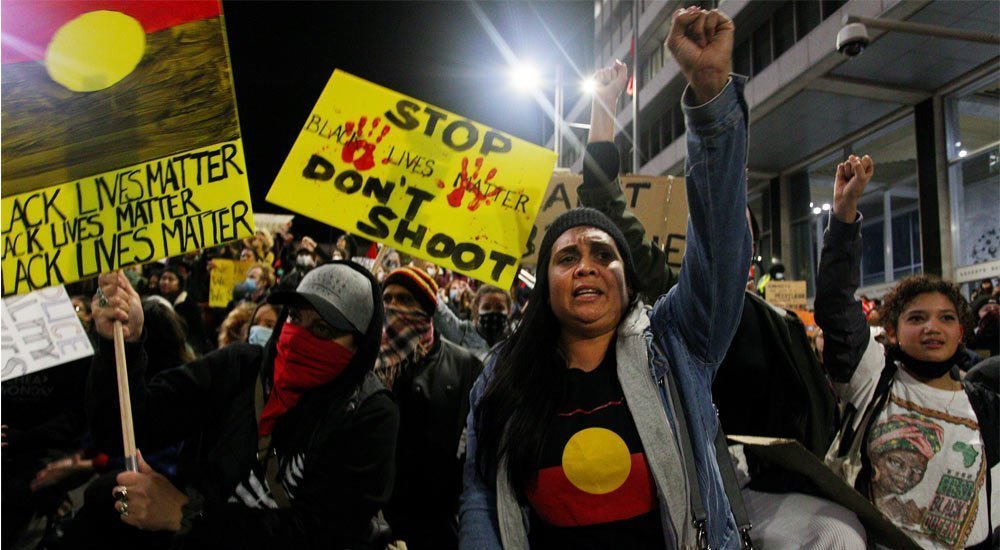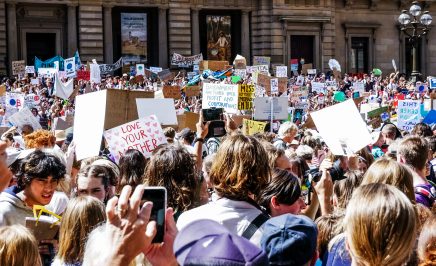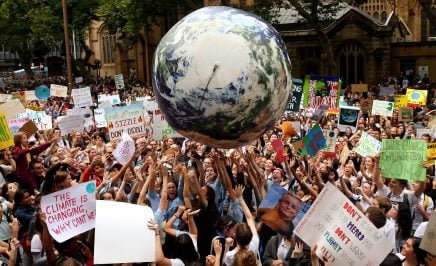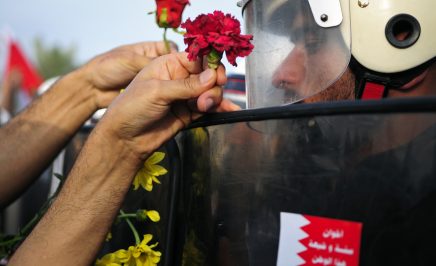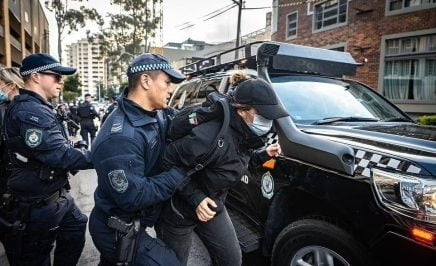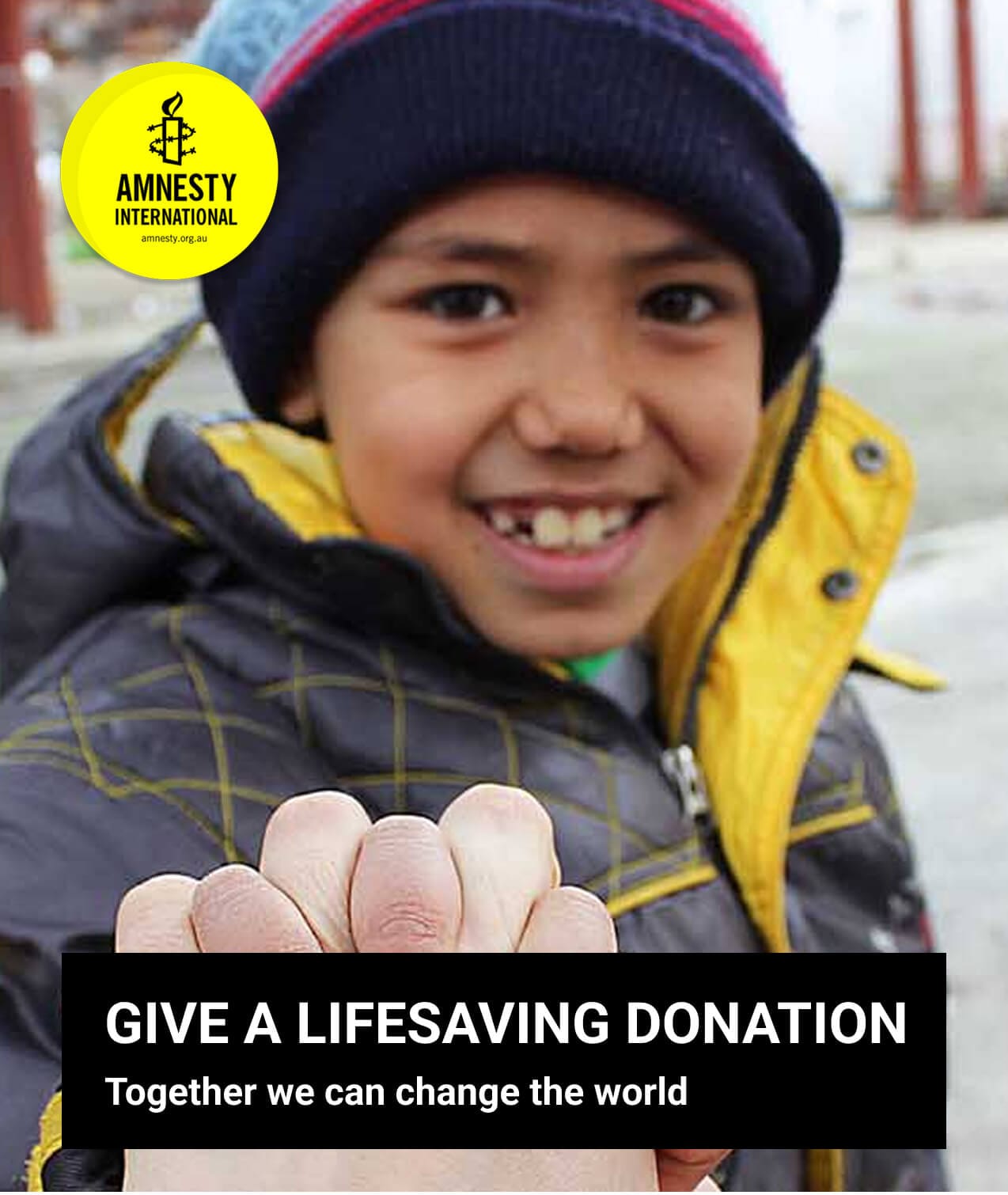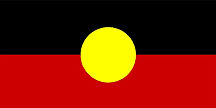Attending protests and peaceful demonstrations is a human right. Article 20 of the Universal Declaration of Human Rights states that everyone has the right to freedom of peaceful assembly and association.
However in many countries, including in Australia, peaceful protests can quickly turn dangerous. Unfortunately, this is often due to authorities and police violating our right to peaceful protest. Black Lives Matter protests in Sydney in 2020 were a disappointing example of police using unnecessary force against peaceful protestors.
Some protests will be much safer than others, for example those which are overtly family-friendly. If you’re not sure what to expect, contact the organisers to get more information.
If there is a possibility that the situation could become dangerous, there are ways you can be prepared to make sure you stay safe.
1. Know your rights
You have a right to peacefully assemble, a right to privacy and a right to protest. If you get injured, you have the right to receive medical care. Police must avoid the use of force.
2. Plan ahead
Find out where the protest is taking place and look for information about what to expect. Make a plan with your friends in case your group gets separated.
3. Wear protective clothing
You may need clothing that covers all your skin to protect you from exposure to sun and pepper spray. Bring shatter-resistant eye protection like sunglasses or swim goggles and a bandana soaked in water, lemon juice or vinegar that you can wear over your nose and mouth.
4. Pack emergency supplies
Bring a basic first-aid kit, water that you can use to clean your eyes and face, identification, enough cash for a pay-phone call and transport and a fresh set of clothes.
5. Come prepared to document human rights abuses
If possible, bring equipment that can help you document police actions, misuse of force, and injuries. This could include a camera, a watch and pen and paper.
It’s important to acknowledge that different groups of people will face different challenges in exercising their right to protest. Women, LGBTI people, gender-non-conforming people, people with a disability, people of colour, children and young people face specific challenges when it comes to participating in protests safely.
By working together and ensuring that everyone – including the most discriminated against – can participate in protests equally and without fear of violence, we can create a more just and equal world.
When courageous people protest, they make the world a better place. We must protect the right to protest wherever it is restricted and whenever it is at risk.
